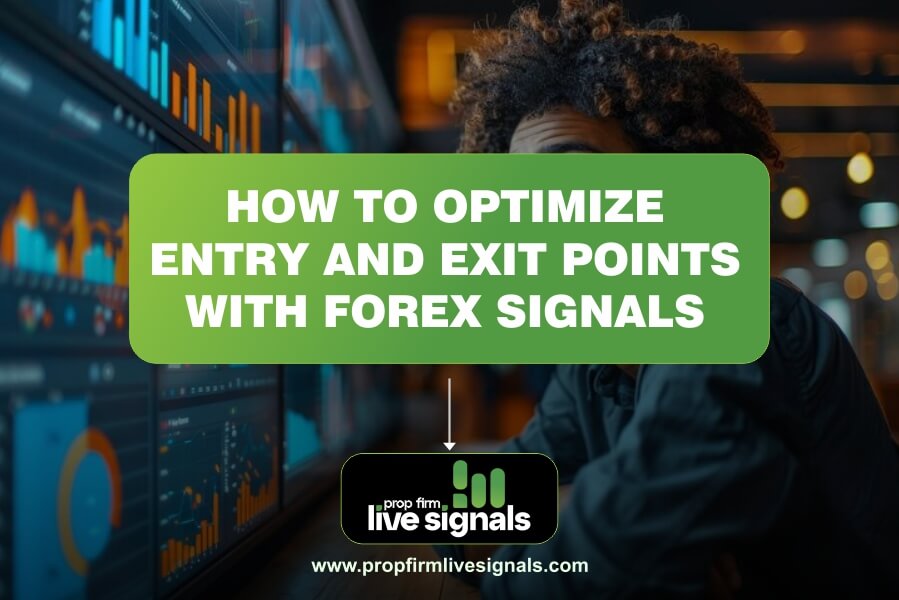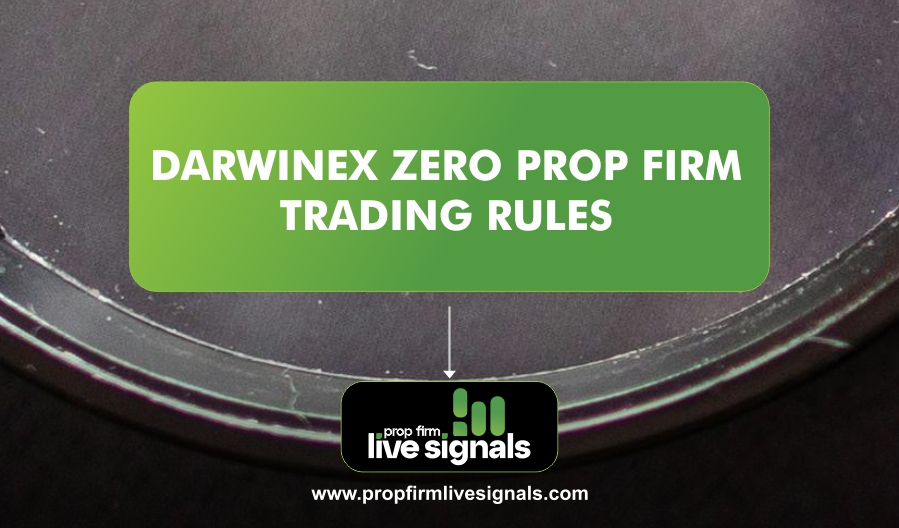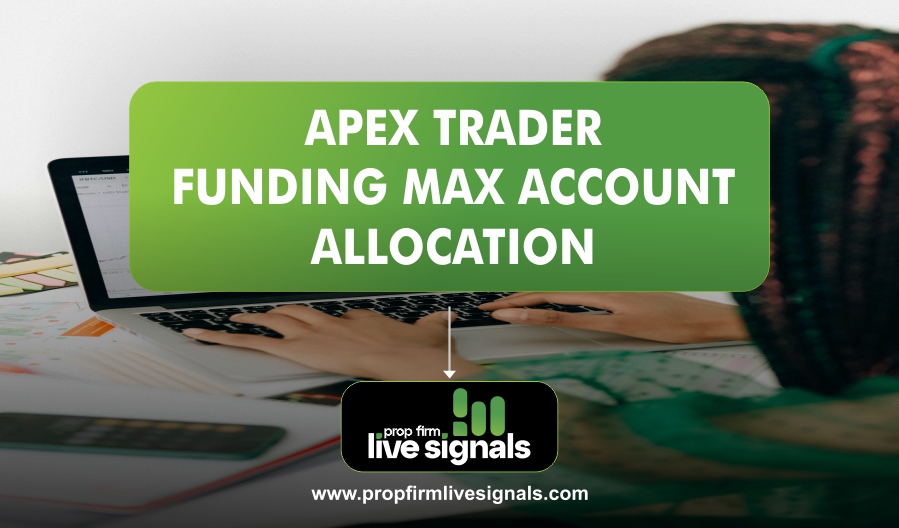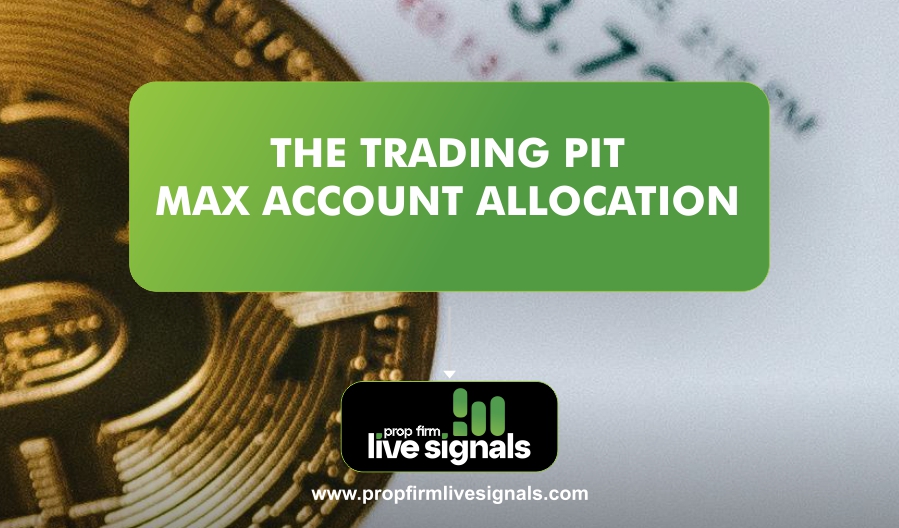This guide will examine a number of key strategies and techniques that may enable you to optimize your entry and exit points, so you will have full confidence and be able to trade with a high degree of accuracy in the forex market.
Importance of Entry and Exit Points in Trading
Maximizing Profit Potential
Effective entry and exit points are fundamental to getting the best possible price movements out of the market. If a trader can enter at a strategically low point and is then able to exit high, he maximizes his profits. It optimizes such that traders actually benefit from favorable fluctuations in the prices of the commodities they trade in.
Risk Management
Well-defined entry and exit points hold the key to effective risk management. Setting stop-loss and take-profit levels helps traders to cut losses and lock gains. The systematic method of managing risk will protect not just the capital but will make the trader confident in his decisions, without fear and hesitation.
Psychological Control
Trading is an emotional activity, and predefined entry and exit points diminish the psychological burden of decision-making. A good strategy also minimizes impulsive trades that are usually based on fear and greed. By following an elaborated plan, traders can be disciplined enough to make rational decisions, which leads to long-term success.
Improvement in Accuracy of Trade
Precise entry and exit points contribute overall to the trade’s accuracy. Traders can work on how to execute trades at the right time to analyze their performance by further refining their test strategies. By doing this, it would attract a more analytical focus on trading, whereby trends and patterns could be established for better performance of their trades.
Understanding Forex Signals
Forex signals, in general, refer to trade recommendations or alerts to buy or sell a currency pair. These signals are results from market analysis and provide information on entry points, exit points, and stop-loss levels that help traders make decisions without necessarily carrying out their detailed analysis. The basis of forex signals lies in guiding traders in real time, with the possibility of reaping more from the market with less effort and time.
Forex signals are usually generated by professional traders, analysts, or automated systems based on technical, fundamental analysis, or both. They can become a great tool for both rookie and professional traders to refine their trading methodology by minimizing risks and increasing profitability.
Types of Forex Signals
Manual Forex Signals
Manual forex signals are provided by live analysts or expert traders, who study the current market situation, apply their experience, and give recommendations for trading according to their judgment about the prevailing trends in the market. These signals are most often based on either fundamental analysis, technical indicators, or even both. The trader has to decide when to give the signal, adding the human touch to the decision-making process.
Automated Forex Signals
The automated forex signals are generated by the computer algorithms or trading bots that perform high-speed analysis of market data and technical indicators. These systems then automatically generate signals based on predefined rules or parameters without interference from any human factor. Most of the time, automated signals use AI, machine learning, or algorithmic trading strategies to help in the identification of patterns and opportunities.
Sources of Forex Signals
Signal Services
A signal service is a third-party company that sends forex signals for either a subscription or freely. These can be operated by professional traders, trading companies, or fully automated platforms. These will send their subscribing traders alerts through email, SMS, or their mobile apps. A number of popular signal services also provide ancillary services such as market analysis and insight into trading.-
Trading Platforms
Many Web-based trading systems include integrated signal services, the most popular of which is MetaTrader, or allow traders to subscribe to third-party signal providers. In most cases, these tools will also support both manual and automated signals, so users can choose those signals that fit their particular way of trading. Integration with such systems enables quick transaction execution according to the provided signals, thus enabling traders to rapidly respond to any change in the market.
Social Trading Networks
Social trading networks, like eToro, let traders follow the action of more experienced traders and, if they so desire, copy them. The networks provide a sort of forex signal, that is, a visual way of seeing how those traders who have risen to the top are trading and allow users to automatically follow those strategies, thus marrying forex signals with social interaction. Being aware of the type of forex signals available and where they come from can help traders select the best approach suitable for their trading style and current market conditions.
How to identify entry and exit points
Identifying Entry Points:
- Technical Analysis Utilization: Employ indicators like moving averages, RSI, and Bollinger Bands to spot trends and potential entry opportunities.
- Monitoring Support and Resistance Levels: Track key levels to identify potential entry positions or trend reversals.
- Candlestick Pattern Recognition: Analyze candlestick patterns to gauge market sentiment and potential entry signals.
- Incorporating Fundamental Analysis: Evaluate economic data, news releases, and company performance to supplement entry decisions.
Determining Exit Points:
- Setting Profit Targets: Establish profit goals based on risk-reward ratios to guide exit decisions.
- Implementing Trailing Stop-loss Orders: Use these to secure profits while allowing flexibility for further gains.
- Using Technical Indicators for Exit Signals: Employ tools like MACD or stochastic oscillators to identify potential signs of trend reversals or weakening momentum.
- Adherence to a Trading Plan: Ensure that predefined exit strategies align with risk management protocols and the overall trading plan.
Best Practices for Optimizing Entry and Exit Points
Keep a Trading Journal
Write down each trade by stating the entry and exit points, prevailing market conditions, signal applied, and result. This way, you can identify trends, assess your decisions, and further develop those based on performance so that you may execute other trades with confidence.
Always Improve Strategies
Back-test your trade outcomes regularly and make necessary adjustments to your strategy. Analyze what worked and what didn’t, then refine your entry and exit points based on those findings. It is thus a continuous improvement that allows you to fit your strategy to the changing market dynamics.
Combination of Forex Signals with Individual Analysis
Use Forex signals as guidelines while enhancing them with your technical and fundamental analysis. This combination empowers you to strengthen your decision-making process and not be at the mercy of signals from somewhere else; rather, you will be well-equipped to deal with subtle nuances in the markets.
Setting Clear Risk-Reward Ratios
Always determine a risk-reward ratio for each trade. Knowing how much you’re willing to risk in relation to potential reward keeps you disciplined and ensures your entry and exit points are strategically aligned with your risk management plan.
Frequently Asked Questions (FAQs)
What is entry point in trading?
- In the world of trading, an entry point means the exact timing when investors start investing in some certain asset. It won’t be merely a leap into thin air but would involve some tactics. An entry point depends on different aspects: market analysis, technical indicators, and sometimes even intuition on the part of the trader, looking for a good position to buy or sell.
What is an exit point in trading?
- An exit point designates the moment traders wish to close a position, either taking profits or cutting their losses. It is not exactly arbitrary but an ultimate decision based on market analysis, risk tolerance, and some predefined strategies. Such important moments may come either after one of the following indicators shows its face: a profit target, any sort of technical signal, or modified market sentiment. What every successful trader knows is that it’s just as crucial to be able to exit at the right moment.




